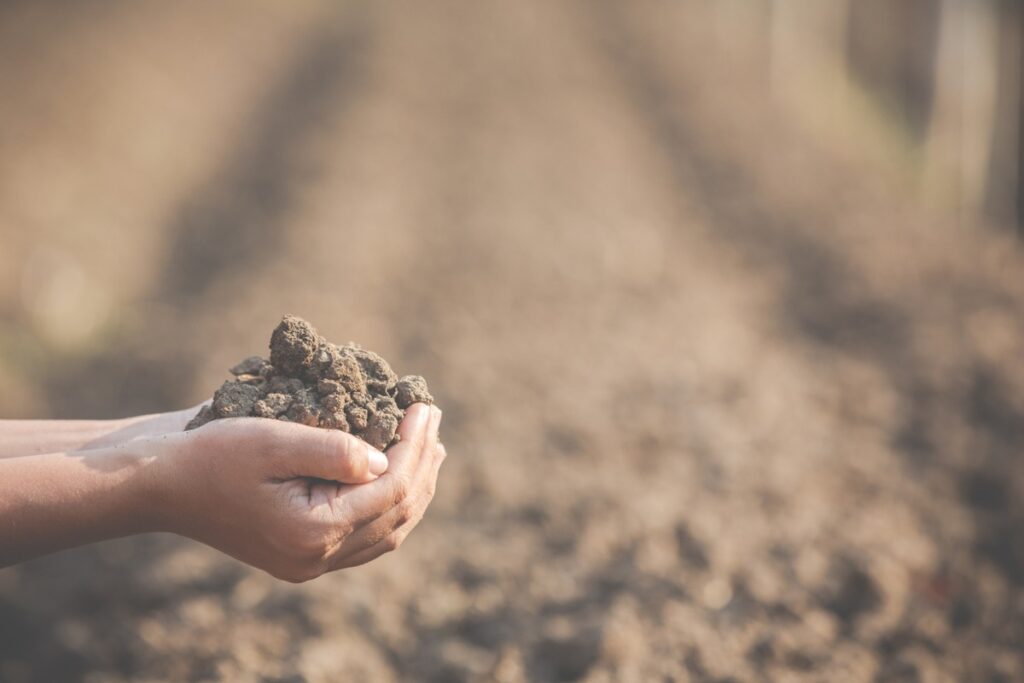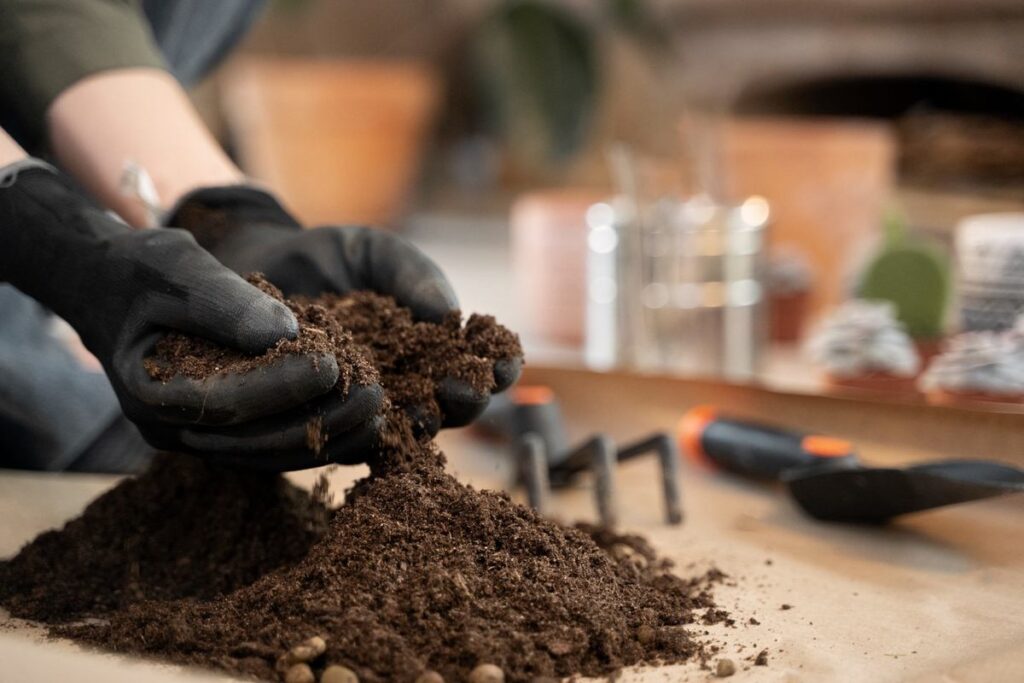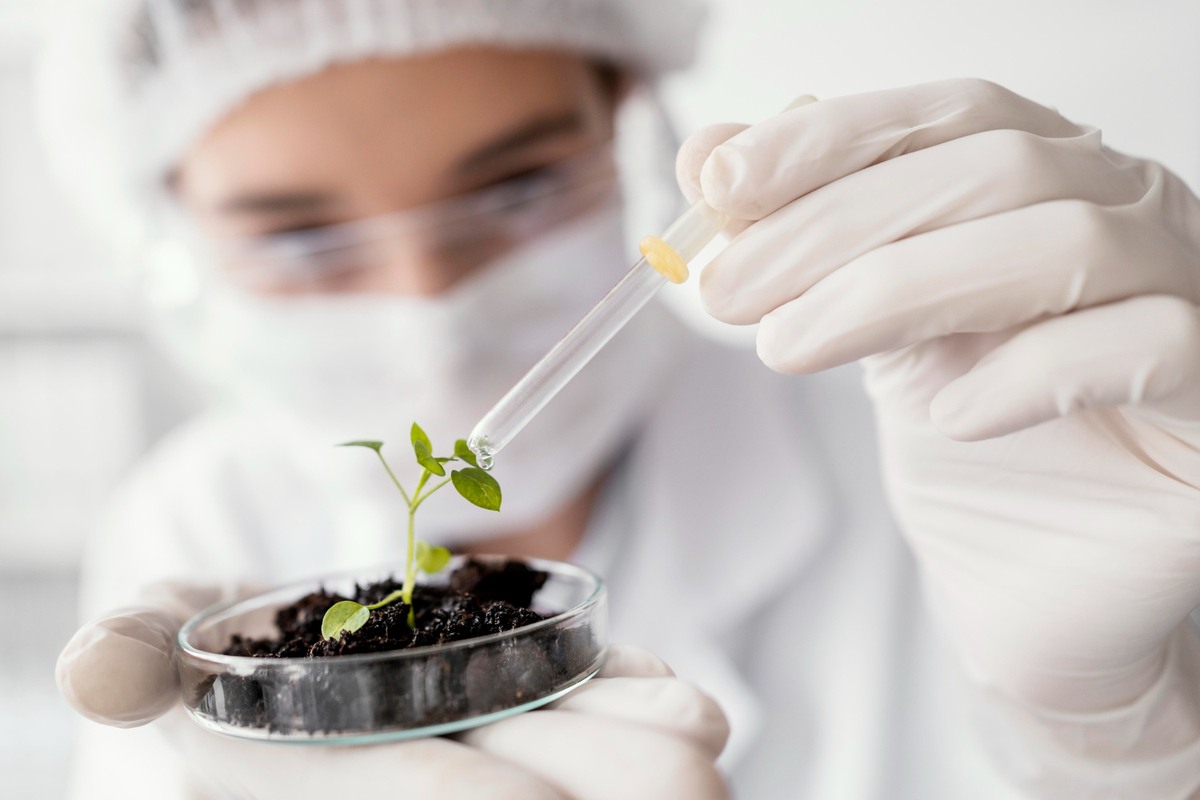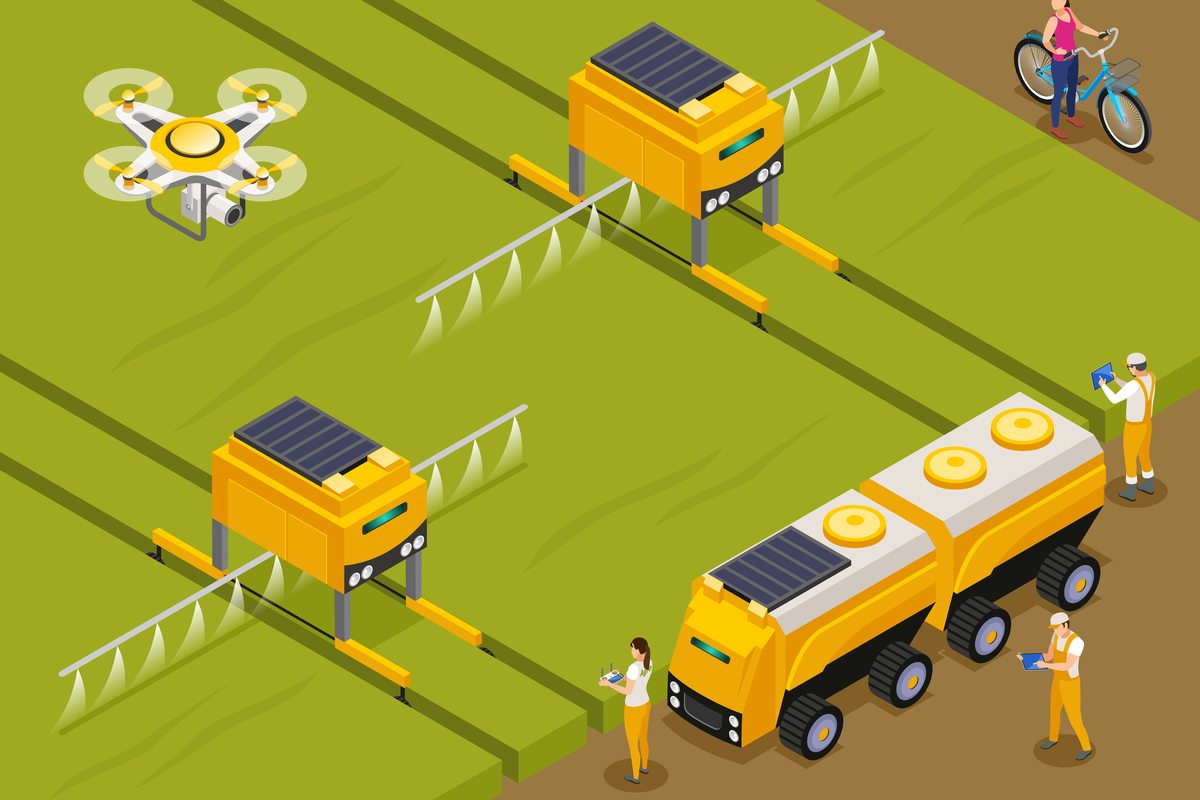Soil testing is super important in farming because it helps figure out what nutrients are in the soil, how acidic or alkaline it is, and its overall condition to boost crop growth. By checking the soil, farmers can find out how much nitrogen, phosphorus, and potassium they have, along with other trace elements that plants need. This process helps spot any nutrient shortages or imbalances that could hurt crop yields, making it easier to apply the right amount of fertilizer and manage the soil better. Plus, it allows farmers to keep an eye on soil health over time, promoting sustainable farming. Regular soil testing can lead to better crop quality, higher yields, and less environmental damage by cutting down on fertilizer overuse.
In modern agriculture, soil testing offers numerous benefits that directly impact crop production, soil health, and environmental sustainability. By providing detailed information about soil composition, nutrient levels, pH, and other key factors, soil testing helps farmers make informed decisions that lead to more efficient and effective farming practices. In this article, we will discuss in detail the importance of soil testing in agriculture.
Table of Contents
Importance of Soil Testing in Agriculture

1. Optimizing Crop Yields
One of the primary reasons for soil testing is to optimize crop yields. Soil provides the essential nutrients that plants need to grow, and a soil test helps determine whether the soil has adequate levels of these nutrients. Key nutrients such as nitrogen (N), phosphorus (P), and potassium (K) are critical for plant development. A soil test reveals any deficiencies or excesses of these nutrients, allowing farmers to apply the right amount of fertilizer. This ensures that crops receive the necessary nutrients to grow robustly, leading to improved yields and higher-quality produce.
2. Efficient Use of Fertilizers
Fertilizer is one of the most significant inputs in agriculture, but its improper use can lead to inefficiencies and environmental harm. Soil testing allows farmers to determine the exact nutrient needs of their fields, ensuring that fertilizers are applied only where needed and in the appropriate amounts. This precision reduces the risk of over-fertilization, which can result in nutrient runoff, pollution of nearby water bodies, and soil degradation. It also helps to avoid under-fertilization, which could stunt plant growth and lower yields. By applying fertilizers efficiently, farmers can save money, improve crop productivity, and protect the environment.
3. Improving Soil Health
Healthy soil is essential for long-term agricultural productivity, and soil testing helps in assessing and maintaining soil health. Regular testing can detect changes in soil structure, organic matter content, and nutrient levels over time, enabling farmers to take corrective actions to improve soil quality. For instance, soil testing can help identify the need for organic amendments, such as compost or manure, to boost soil organic matter and enhance its ability to retain water and nutrients. Improved soil health leads to better plant growth, higher resilience to pests and diseases, and long-term sustainability of farming operations.
4. Balancing Soil pH
Soil pH is a measure of acidity or alkalinity, and it significantly affects nutrient availability to plants. Most crops thrive in slightly acidic to neutral soil, with a pH range of 6.0 to 7.0. If the soil is too acidic or too alkaline, certain nutrients may become unavailable to plants, even if they are present in the soil. Soil testing helps farmers monitor pH levels and adjust them if necessary. For example, adding lime can raise the pH of acidic soils, while sulfur or organic matter can lower the pH of alkaline soils. Maintaining the right pH level ensures that crops can absorb nutrients efficiently, leading to healthier and more productive plants.
5. Customizing Crop Management
Different crops have different nutrient requirements, and soil testing allows farmers to tailor their crop management strategies to the specific needs of each crop. For example, leguminous crops like beans and peas fix their own nitrogen from the atmosphere, while other crops, such as corn, require large amounts of nitrogen from the soil. By conducting soil tests before planting, farmers can adjust their fertilization and irrigation practices to suit the specific nutrient needs of each crop, improving efficiency and reducing input costs.
6. Preventing Soil Degradation
Continuous farming without monitoring soil conditions can lead to soil degradation, including nutrient depletion, erosion, and compaction. Soil testing helps identify early signs of degradation, allowing farmers to take action to restore soil health. For instance, if a soil test reveals that nutrient levels are declining, farmers can adjust their crop rotation or apply organic amendments to replenish the soil. Similarly, if soil compaction is detected, farmers can implement practices like reduced tillage or cover cropping to improve soil structure. These proactive measures prevent long-term soil degradation and ensure that land remains productive for future generations.
7. Cost Savings
Soil testing can lead to substantial cost savings for farmers by reducing the unnecessary use of fertilizers and other inputs. Instead of applying a blanket amount of fertilizer across the entire field, farmers can use the precise data from soil tests to target areas that need specific nutrients. This not only saves money on fertilizer costs but also reduces the energy and labor required to apply it. Additionally, healthier soil with the right nutrient balance can reduce the need for pest control measures, further cutting costs.
8. Environmental Protection
One of the significant environmental benefits of soil testing is its role in reducing nutrient pollution. When fertilizers are over-applied or misused, excess nutrients, particularly nitrogen and phosphorus, can leach into groundwater or run off into rivers and lakes, contributing to water pollution and harmful algal blooms. By applying fertilizers based on soil test results, farmers can minimize nutrient runoff and reduce the risk of contaminating nearby ecosystems. Soil testing also helps in managing the application of pesticides and other agrochemicals, further protecting the environment from agricultural pollutants.
Different Types of Soil Testing Methods

Soil testing involves various techniques that are designed to analyze the physical, chemical, and biological properties of the soil to guide proper soil management practices. Here are some commonly used types of soil testing methods.
1. Laboratory Soil Testing
This is the most common and accurate method for analyzing soil samples. Farmers collect soil samples from their fields, which are then sent to specialized laboratories for detailed analysis. The laboratory uses advanced equipment to perform various chemical, physical, and biological tests.
2. On-Site or Field Soil Testing
On-site soil testing, also known as rapid soil testing, involves conducting simple tests directly in the field without sending samples to a lab. These methods provide quick results, though they may be less precise than laboratory tests. Common on-site types of soil testing are done by pH Test Kit, Electrical Conductivity (EC) Meter, etc.
3. Colorimetric Testing
This technique involves using reagents that produce a color change when they react with specific soil components. Farmers or technicians mix the soil sample with reagents, and the resulting color indicates the presence and concentration of certain nutrients like nitrogen, phosphorus, and potassium. Colorimetric testing kits are widely used for rapid field assessments.
4. Titration Method
Titration is a chemical analysis technique used to measure the concentration of a particular component in the soil. It involves adding a solution of known concentration (the titrant) to the soil sample until a reaction occurs, indicated by a color change or other signal. This method is often used for testing soil pH, lime requirements, and nutrient levels like calcium and magnesium.
5. Remote Sensing and GIS Technology
Remote sensing and Geographic Information Systems (GIS) are increasingly used for soil testing on large scales. These technologies allow farmers to map soil properties across vast areas, making it easier to understand spatial variability in soil conditions. Remote sensing uses satellites or drones equipped with sensors to collect data on soil properties such as moisture, organic matter, and nutrient levels. GIS is then used to analyze this data and create detailed soil maps that help in precision agriculture.
Conclusion
Soil testing is essential for the success and sustainability of agriculture. It enables farmers to optimize crop yields, reduce input costs, improve soil health, and protect the environment. By understanding the specific needs of their soil, farmers can make informed decisions that lead to more efficient and effective farming practices. Regular soil testing not only benefits individual farms but also contributes to the broader goals of sustainable agriculture and environmental conservation.







